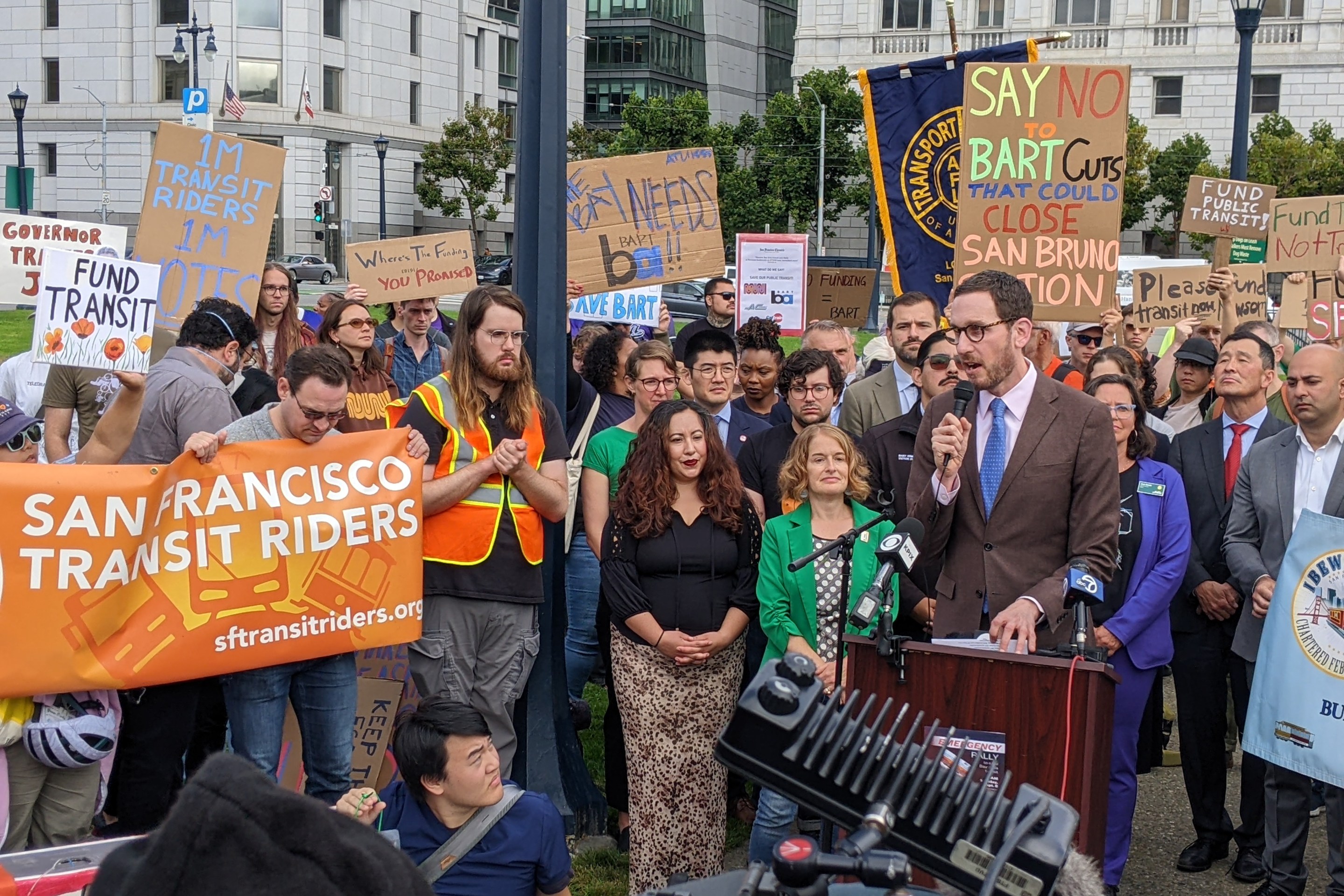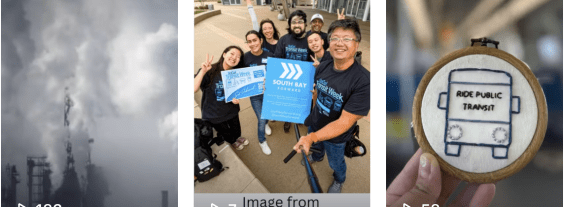A groundbreaking new calculator gives advocates the tools they need to instantly show the real impacts of proposed highway expansions in their communities — and the experts behind the project hope that transportation agencies will someday be required to use it, too.
Following the successful release of their Colorado Induced Demand calculator earlier this year, experts at nonprofit RMI were flooded with requests from advocates across the country who wanted a similar tool to model the impacts of new road projects in their own cities. So they teamed up with Transportation for America, the National Resources Defense Council, and a consortium of other partners to create the State Highway Induced Frequency of Travel (SHIFT) Calculator, which draws on formulas sourced from decades of proven scientific literature to deliver detailed, community-specific induced demand forecasts with the click of a button.
Sustainable transportation advocates and forward-thinking professionals alike have known since at least 1932 that expanding highways to cure congestion almost always has the opposite effect, thanks to a phenomenon known as "induced demand." Without extensive training and resources, though, many of them haven't been able to quickly quantify exactly how much additional driving a specific project would encourage, or exactly how much all those new vehicle miles traveled will exacerbate the climate crisis — until now.
And with $110 billion promised to highway agencies looming as the largest line item in the pending federal transportation bill, the tool couldn't be more timely.
"We definitely felt a sense of urgency to get this out, especially with the prospect of a historically large investment in highway funding coming down to state DOTs that have a track record of not accounting for how much driving and pollution their highway projects will create," said Carter Rubin, transportation strategist for NRDC and one of the collaborators who helped develop the calculator.
Rubin and the rest of the team behind the tool hope that advocates and pros will use it to underscore the real-world impacts of induced demand — a phenomenon that experts say most traffic models rarely account for.
"DOTs make a lot of traffic projections, but they aren’t asked to check up on how accurate their past projections were — and then they re-use those same flawed models," said Beth Osborne, director of Transportation for America and a collaborator on the tool. "Fundamentally, most of them don’t even consider that by building more of a free asset, people might overuse it. We're just setting ourselves up for inaccuracies."
Correcting for those inaccuracies isn't easy — but Osborne and her colleagues say it's absolutely critical to cut carbon emissions, even as more electric cars take to the road.
"Even with a significant amount of EV adoption — a scenario which we did account for, by the way — we would still see emissions increase through induced demand," said Ben Holland, manager at RMI and a lead on the project. "On the national level, we need to reduce transportation emissions by 45 percent, and that basically equates to putting 70 million EVs on the road and a 20-percent reduction in per capita vehicle miles traveled below 2019 levels. There’s a certain amount of optimism in some circles about our prospects of achieving the first goal, but the second is going to be a lot harder."
Put another way: "We need to reduce VMT, starting yesterday," Holland added. "And we need to stop making systemic investments and policies that essentially require people to drive more and more."
Of course, greenhouse gas emissions aren't the only negative externalities of big road projects that encourage more driving. Holland says that future versions of the calculator may account for particulate pollution from things like tire and brake wear that have proven disastrous for public health — and in the meantime, he and his colleagues hope that state and local transportation leaders will translate this new data about induced demand into strong, holistic arguments that help stop bad projects before they're built.
"There are just so many associated damages that come with adding more cars to the road," adds Osborne. "Increased driving means higher temperatures in the communities we’ve slathered in pavement, increases in roadway fatalities, new blockages to economic opportunities, all these inequities — and it increases travel times, too, which is exactly what DOTs are promising won't happen when they say, 'Let us use your taxpayer dollars to expand this roadway.' If they use this tool that we’re providing, they won't be able to make that promise in good faith anymore."






